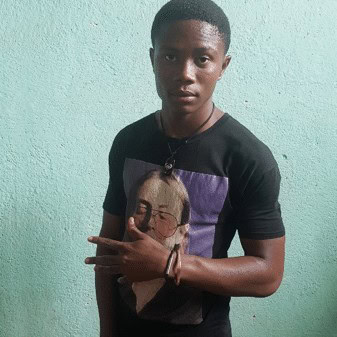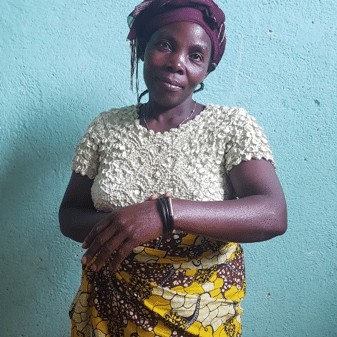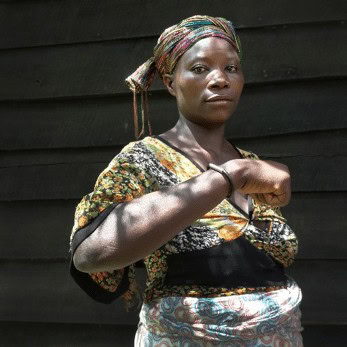1 in 3 women worldwide experience sexual and gender-based violence (SGBV) in their lives. Especially in areas with fragile social structures, as a result of conflict or war, people are often exposed to an increased risk of SGBV. NGO Help a Child and social enterprise Invi started a public-private partnership in 2019 to increase the resilience of people living in humanitarian settings.
The Empowered2Protect project consists of two complementary elements, namely (1) the Invi self-defense bracelet and (2) an inclusive community program. The Invi bracelet offers direct protection as its wearer can release a foul odour to repel perpetrators. The community awareness sessions provide strategies and build knowledge to empower women and men to take an active role in preventing SGBV. The combination of both interventions is a valuable asset to strengthen the current SGBV programming. In addition, many NGO staff members already wear the Invi Bracelet for safety.
Update: The first project was successfully conducted in South Kivu (DR Congo). Data from this project showed that the bracelet increases feelings of confidence and safety. Many community participants expressed they feel better equipped to fight SGBV. During the program, three incidents have been reported in which the Invi Bracelet stopped an attempted attack.
Testimony by project participant
“I left my house at 3.30 pm to go to the market. Along the way, I met three men, two wearing military uniforms and carrying weapons. They asked me where I was from and I told them I was coming from the market to buy food. Then they told me that they wanted to eat the food I was holding. I told them that food was not sufficient but if they were really hungry, we could share it.
We (me and the three men) continued our way and after a moment we met another soldier who asked these soldiers that I too had to give him cigarettes. I kindly told him that I had no money to buy cigarettes for him. Then he shouted at me, raising his voice and hit my right hand with a stick. Two of the four men jumped directly on me, brutalised me and took off my clothes. I was almost naked except for the panties that I wore as underwear. The battle began between me and the two soldiers, one holding my two arms. As it was not possible to open the Invi Bracelet with my hands, I used my teeth to open it. It was smelling so terribly that the two men wondered what happened, coughing and closing their nostrils. I seized that occasion to run away in the direction I could find houses. During the escape, I crossed a river to go to a friend’s place so that she could give me clothes to wear. After telling her the whole story, she accompanied me to my home.”
The second project mainly takes place in Burundi, with the main objective to overcome barriers to scale. This includes, amongst other activities, the improvement of the E2P Manual for the community sessions, as well as the reduction of the price of an Invi bracelet. In both DRC and Burundi potential stakeholders and interested organisations are presented with the project, their views and needs are also taken into account in this scaling process to ensure that E2P matches the needs and demands of the sector. Throughout the project, we are collecting as much data as possible to further build an evidence base for the effectiveness of the project.
Help a Child and Invi are always open to explore new collaborations. May this be interesting for your organisation, feel free to reach out.
Learning Questions:



Save the Children
Laan van Nieuw Oost-Indië 131-k
2593 BM Den Haag
The Netherlands
Chair organisation: Plan International
E: office@dutchrelief.org